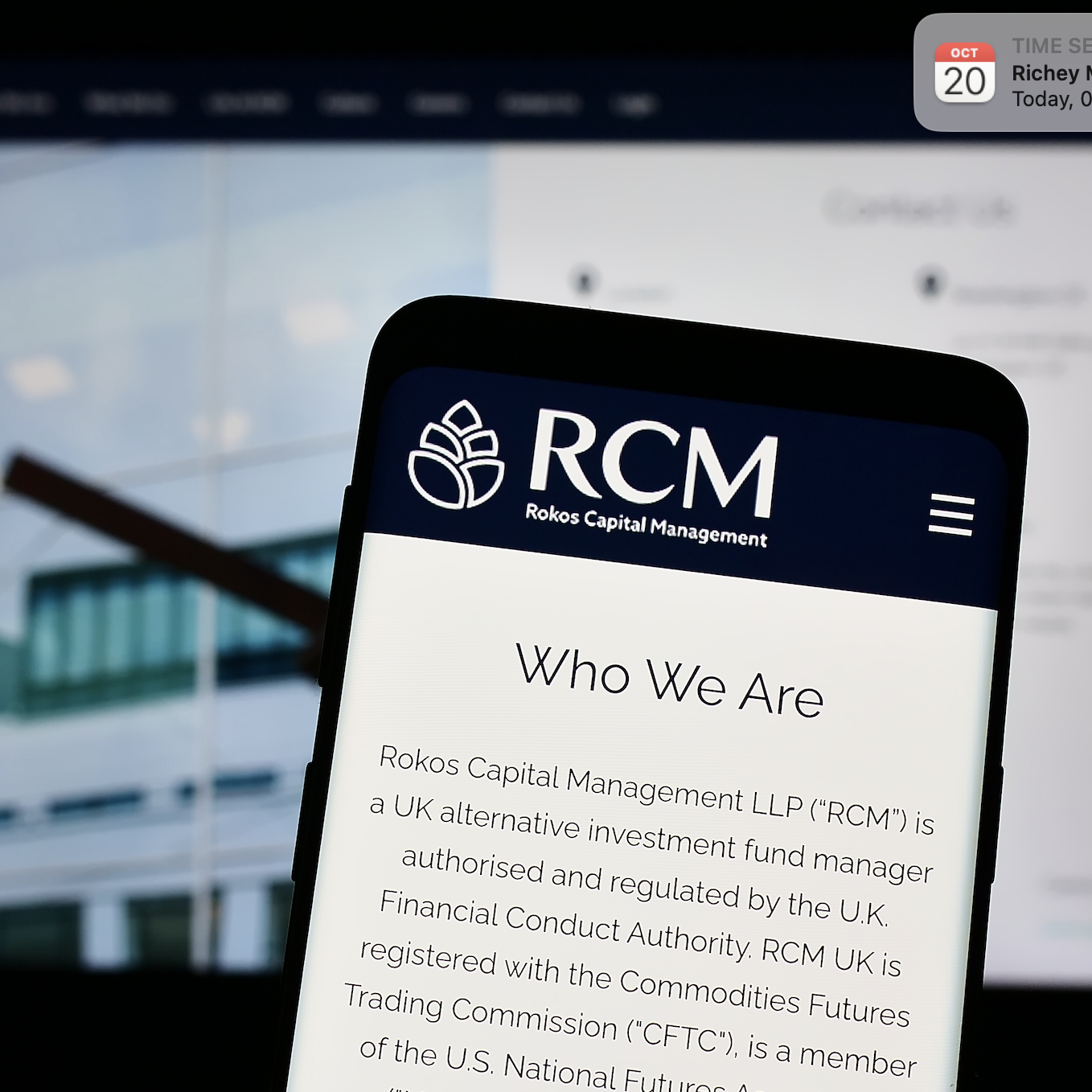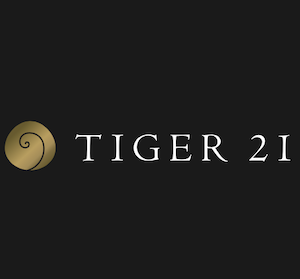STOXX Ltd is a global index provider, currently calculating a global index family of over 7,000 rules-based and transparent indices. STOXX indices are licensed to more than 500 companies globally. Three of Europe's top ETFs and approximately 25 per cent of all AUM are based on STOXX indices. STOXX offers a wide range of smart-beta indices, one of the most recent additions being the introduction of the STOXX True Exposure index family (STOXX TRU), designed to help investors realign their portfolios.
STOXX TRU Indices work by giving investors the opportunity, when selecting investments in different regions or countries, to optimise their exposure to companies with a dominant economic revenue stream within that targeted country or region.
The STOXX methodology uses an innovative model which identifies the diverse geographic revenue streams of companies, and consequently disentangles the economic overlaps. The basic index universe for the STOXX TRU index family is the respective STOXX country, broad or benchmark index.
Currently, the STOXX TRU offering comprises five country indices (Australia, Canada, Japan, UK and USA), four regional indices (Eurozone, Europe, Asia/Pacific and North America) as well as four global indices (Developed Markets, Developed Markets ex Europe, Developed Markets ex USA and Emerging Markets).
One of the side effects of an increasingly global economy is that companies are much more international in how they operate than they used to be, years ago, when traditional asset allocation models were built. There are a lot more revenues coming from countries outside the company's country of origin. As a result, its risk exposure has changed.
"If you are a European car manufacturer, for example, and you're selling 30 per cent of your cars to China, any crisis in consumer confidence will hit that company harder than something happening back home," says Konrad Sippel (pictured), Global Head of Business Development at STOXX. "However, investors typically still allocate assets to companies based on where they are headquartered. The allocation model completely overlooks China, in this example."
When constructing portfolios, there is a tendency to allocate by country or regional buckets using traditional market cap-weighted indices such as the S&P 500, MSCI Emerging Markets Index, STOXX Europe 600 Index etc. Within these indices there is often a significant amount of revenue overlap. In financial lexis, this equates to relatively high correlations between benchmarks, which investors originally chose for de-correlation and diversified risk reasons.
"We've built a database to identify the revenue exposure of each company to each country on a one-for-one basis and, where they don't report those revenues, we've built an excellent proxy estimator that includes import/export data and sector-relevant data to estimate what those revenue splits will be. The STOXX True Exposure Indices eliminate revenue overlap and create more pure-play benchmarks that protect the individual country bucket from macroeconomic factors.
"If you're building a portfolio of assets that have a low correlation to each other, the portfolio becomes more efficient on a risk-return basis because of the greater degree of diversification," explains Sippel.
Divergent global economy
With the global economy in different stages of economic growth and recovery, it is a challenging environment for investors to optimise their portfolio allocation.
Nevertheless, if an investor has a strong view on how country or regional effects are going to play out, and has a clear conviction on which regions or countries they want exposure to, using a STOXX TRU benchmark will enable them to enhance their exposure without suffering a dilution effect. For example, an investor might think that China is heading towards a slow down and Germany will be a big winner over the next couple of years.
"In this example, you would look to buy German companies with no exposure to China; the EURO STOXX TRU 100 per cent index allows you to build pure-play German exposure, stripping out companies that in a traditional country benchmark would have exposure to China. Investors get better value out of their decisions," says Sippel.
Investors, therefore, need to have a clear macro view before they decide which STOXX TRU index to add to their portfolio. That said, if they don't have strong macro views and don't want to build specific country or regional exposures, STOXX TRU is still advantageous to allocate to assets broadly and maintain diversification against individual crises, creating a more efficient portfolio allocation.
"Most pension schemes don't have that many benchmarks in their core allocation. A US investor will typically have the S&P 500 Index, a European investor will use the STOXX Europe 600 Index. Then they'll have a developed global market benchmark that typically excludes regions (e.g. MSCI Global ex-Europe) and an Emerging Markets benchmark. Those three benchmarks give them a pretty diversified asset allocation; 60 per cent domestic, 30 per cent developed global and 10 per cent Emerging Markets.
"Replacing those benchmarks with an equivalent STOXX TRU Index giving 25 per cent to 100 per cent coverage, the investor would get the same returns, overall, but with lower correlations among the benchmarks. In other words, they would get a similar return to the traditional market cap-weighted index, but their risk would be lower. In a world where risk budgeting is becoming more important than return budgeting, it frees up risk budget without having to sacrifice returns," comments Sippel.
Given that the STOXX TRU index family only launched this year, it's worth highlighting how smart-beta indices with a longer track record are able to help optimise portfolio construction, and improve an investor's risk/return profile (or Sharpe ratio).
A good example is the STOXX Minimum Variance Indices, which launched in 2012. These indices deliver lower volatility than traditional market cap-weighted indices. Without going into too much detail (more information on the mechanics of Minimum Variance is given in this report's editorial), the STOXX Minimum Variance Indices draw upon Harry Markowitz's Modern Portfolio Theory of optimal portfolio composition, using a fundamental factor model developed by Axioma. The aim is to predict future volatility as well as the correlation among individual stocks.
"Since the launch, these indices have delivered what they were designed to do, which is to reduce risk significantly compared to traditional benchmarks. For EURO STOXX 50, from 31st May 2012 to 11th November 2015, the benchmark delivered annualised returns of 19.4 per cent with a volatility of 17 per cent. Over the same period, the EURO STOXX Minimum Variance Unconstrained Index returned 19.2 per cent, but the volatility was 12 per cent, thereby reducing risk by a third," confirms Sippel.
For STOXX Global 1800, over the same period the index returned 18.4 per cent with a volatility of 13 per cent. By comparison, the STOXX Global 1800 Minimum Variance Unconstrained Index returned 16.2 per cent with a volatility of 11 per cent; still a risk reduction, but not as drastic as one gets in a more concentrated index at the region or country level. This is because the more diversified an index is, the less effect Minimum Variance has because there is inherently less correlation.
By delivering a similar return at a lower volatility, the Minimum Variance strategy gives investors a higher Sharpe ratio.
"Using data from June 2002 to February 2015, in USD gross return versions, the STOXX USA 900 Minimum Variance delivered an annualised return of 10.6 per cent and an annualised volatility of 15.4 per cent compared to 8.2 per cent and 19.9 per cent for the S&P 500, leading to a higher Sharpe ratio of 0.69 compared to 0.41," concludes Sippel







